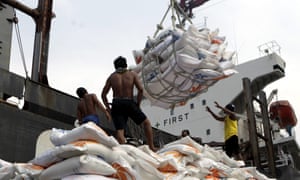………………………………………………………..
Meteorology directorate warns against heavy snowfall across Turkey

The Central Anatolian city of Sivas was quickly covered by heavy snow on Wednesday. There has also been snowfall in the capital, Ankara. (Photo: Cihan)
The General Directorate of Meteorology has released a statement saying that heavy snowfall is expected in Turkey on Wednesday night and warns of traffic-related problems.
The warning came after snow started falling in the capital city of Ankara early on Wednesday, covering the city in a short time. There has also been snowfall in Kayseri, Nevşehir, Sivas and Yozgat provinces.
As the snowfall intensified in Bolu and Ankara, highway maintenance teams shoveled the snow and salted the roads trying to open up the blocked highways, especially the TEM and D-100 near Bolu. The police also advised that people residing in these provinces should be careful when driving.
The directorate emphasized in its statement that heavy snowfall and blizzards will be seen on Thursday in some provinces that include Ağrı, Bitlis, Hakkari and Van and in the eastern parts of Şırnak, Siirt and Muş. “People [residing in these provinces] should be careful about possible ice and frost that might cause problems to traffic,” the statement read.


















